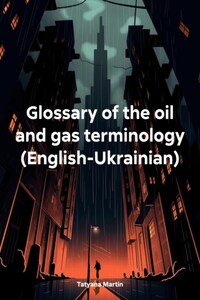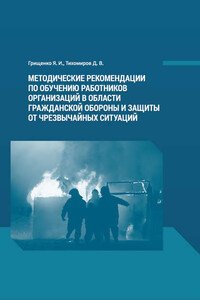Oil and gas production is the general process of manufacturing oil and natural gas from wells and turning them into the final petroleum products that consumers can use. Oil and gas production includes systematic steps starting from site exploration to actual extraction and even up to the distribution of the products to businesses and the general public.
The oil and gas industry is one of the largest sectors in the world and a huge factor in the global economy. The United States is the largest producer of oil. Saudi Arabia, officially the Kingdom of Saudi Arabia, has 17% of the world's proven crude oil reserves, the second largest globally. Next are Russia, Canada, China, and so on.
The oil and gas production process is divided into three major stages: upstream, midstream, and downstream. Stage 1: Upstream refers to the primary oil and gas production process that includes exploration, drilling, and extraction. Exploration is the initial part where geologists and other industry experts search for rock formations or areas where oil and gas are commonly found. After selecting a site, it will be prepared and developed for the production process. The well drilling process and timeline can vary depending on the techniques and equipment used in the procedure. Normally, it takes about two to four weeks, but drilling an offshore well can last several months. Oil and gas are commonly drilled vertically. New drilling techniques include horizontal, multilateral, extended reach, and complex path drilling. Oil and gas extraction generally involves extracting conventional and natural gas from underground reservoirs and wells.
Stage 2: Midstream is the secondary stage. Midstream mostly refers to the processing, storing, and transporting of oil and gas products. Processing is the midstream stage, where oil and natural gas are separated, then transferred to the gas processing plants, where unnecessary products and nonhydrocarbon gases are removed. Storing the products is essential to keep up with the domestic and international demand, prevent shortages and discrepancies in supply, and ensure safety for all the workers and people involved in the industry. Natural gases are usually stored in underground spaces such as depleted reservoirs, while finished oil products, crude oil, and refined oil commonly use above-ground tanks. Transportation is an all-encompassing process for the industry. It starts when oil and gas are extracted and brought to the processing plants, transferred to companies and businesses across the nation and other countries, and finally to the general public or primary consumers. Unrefined oil is transported via tankers and pipelines, while final petroleum products travel to the market through trucks, railroad cars, tankers, and more pipelines.
Stage 3: Downstream refers to the third and final process of refining and distributing petroleum products. Refining is converting oil and natural gas into finished petroleum products that can be used for various reasons, such as transportation and electricity fuels, asphalt and road oils, kerosene, or as raw materials for making plastic and synthetic materials. Oil refining also involves several processes depending on the desired end product. This process commonly includes distillation units, cracking, coking, reforming, and post-treatment. Distribution is the final step, where the finished petroleum products are transported and distributed to businesses, government agencies, and the general public composed of industrial consumers, electrical providers, and heating of residential and commercial establishments, among others.















